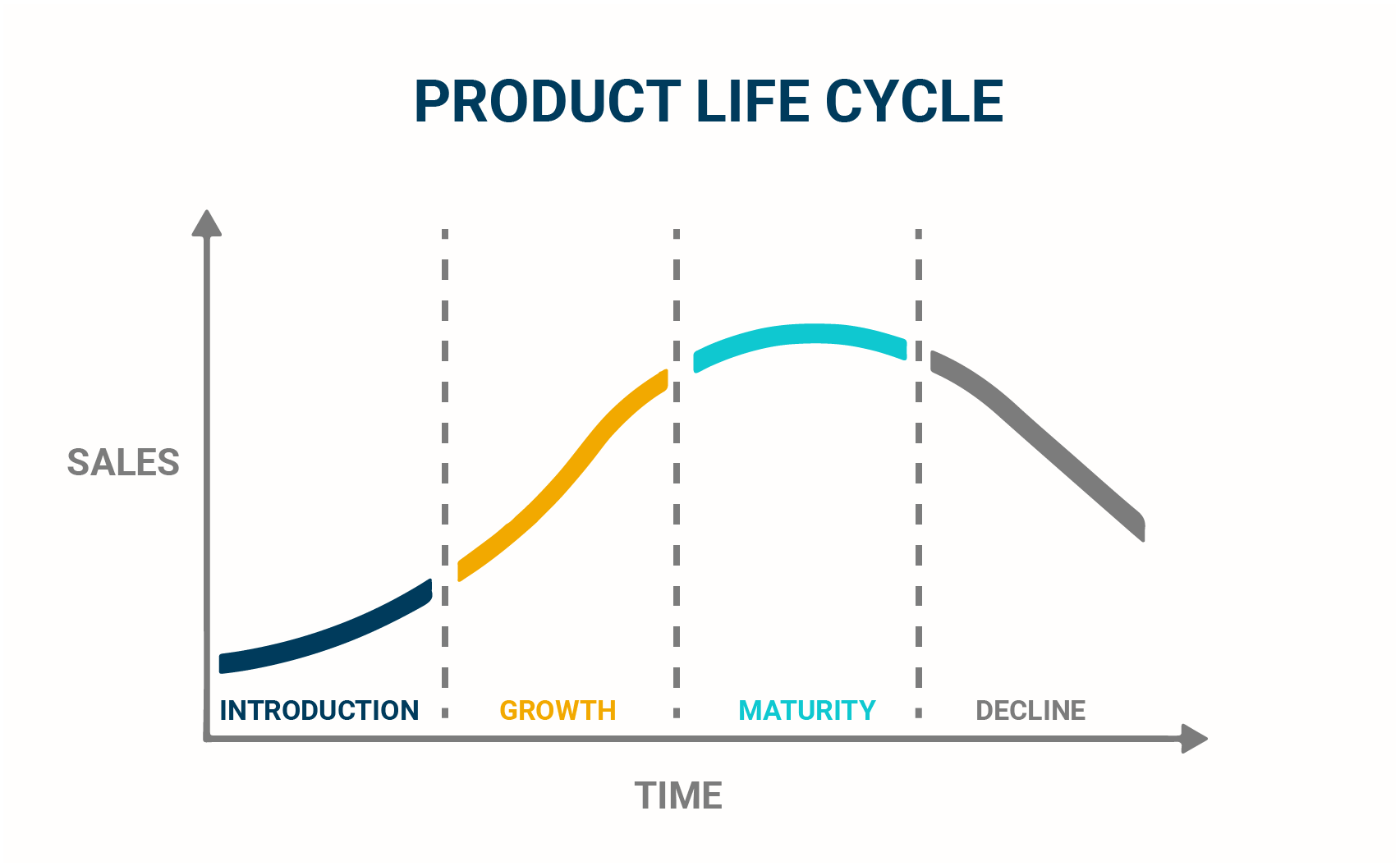Managing a portfolio of products can seem overwhelming. With so many variables across different products, where do you begin? Successful product managers start with a clear understanding of their entire portfolio and its strategic position in the market.
GSuite is a great example of a product portfolio; it includes Gmail, Google Calendar, Google Docs, and more. To manage this portfolio, a product manager must consider each product’s competitive positioning in the market and how it contributes to the overall business goals. Let’s take a closer look at how a product manager can manage a product portfolio for maximum impact.






